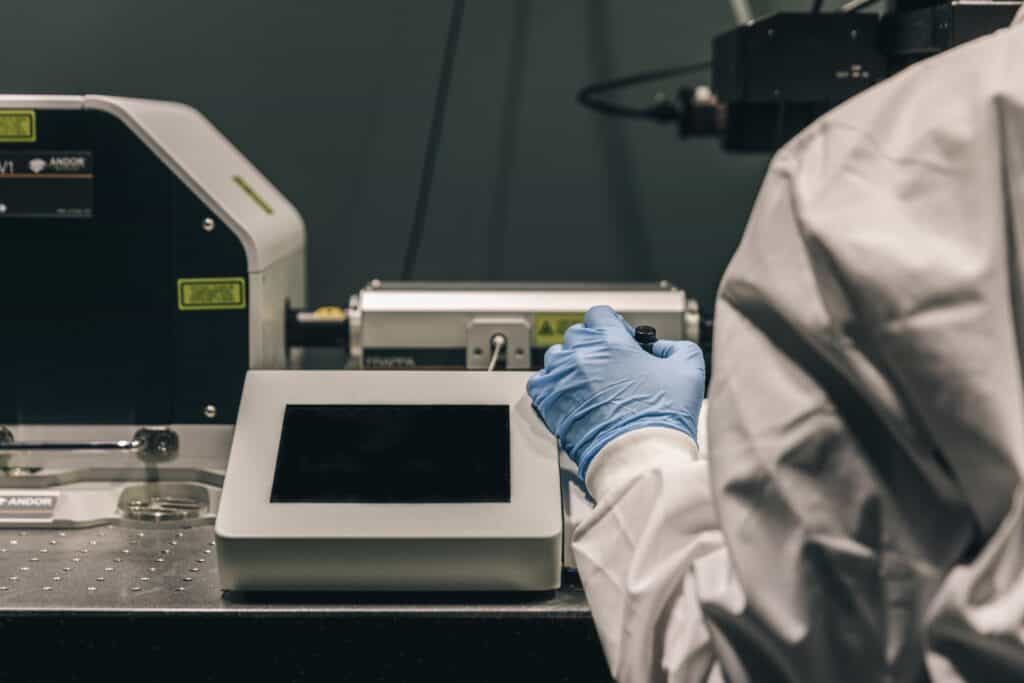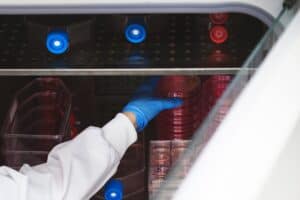We’re back — 25% off select items and free shipping over $150! Get ready for Christmas 🎄
Magic mushrooms have fascinated humanity for centuries, long used in traditional ceremonies for their profound psychoactive effects. These mushrooms, primarily containing psilocybin, produce their active compounds as a defense mechanism, a way of warding off predators. The potency of these mushrooms varies widely due to factors like strain, environment, and genetics. While classic strains like Psilocybe cubensis have long dominated the psychedelic landscape, recent advancements in cultivation and genetic research have led to a new generation of high-potency mushrooms.
So, what’s driving this increase in potency? Let’s dive into the primary factors that contribute to why magic mushrooms are evolving to become stronger than ever.
Selective breeding has a storied history in agriculture, and magic mushroom cultivators have adopted similar techniques to increase psilocybin levels. By choosing strains that exhibit higher potency and breeding them across multiple generations, cultivators can enhance specific genetic traits over time. Just as cannabis has been selectively bred for higher THC concentrations, certain strains of psilocybin mushrooms are now optimized for their potency.
This process allows cultivators to focus on particular characteristics—such as potency, growth rate, or resilience—that contribute to an optimized mushroom strain. In essence, they are amplifying naturally occurring traits to create strains that deliver more powerful experiences with even small doses. Selective breeding has accelerated in recent years with improved cultivation technology, allowing mushroom growers to bring out the best genetic expressions in each new crop.

In the wild, mushrooms adapt to their surroundings, sometimes undergoing genetic mutations to cope with environmental stressors. These adaptations can result in higher levels of psilocybin as a defense mechanism to deter insects and other natural predators. Such “genetic accidents” can produce strains with unusually high potency levels, and once identified, these mutations can be reproduced in cultivation settings.
Cultivators can then stabilize these potent traits, producing strains that consistently offer heightened psilocybin content. This process of refining and stabilizing mutations opens the door to new levels of potency and variation, allowing for the development of unique strains. By mimicking environmental factors that prompt psilocybin production, cultivators can encourage mushrooms to naturally express these potent characteristics more frequently.
Cross-breeding between different species of psilocybin-containing mushrooms is another method driving the evolution of high-potency strains. By combining the genetics of various strains, cultivators can create hybrid mushrooms that exhibit both unique effects and enhanced potency. For instance, some hybrids may be designed for faster growth, higher resilience, or distinct psychoactive profiles that cater to specific user experiences.
This hybridization process is somewhat akin to the development of designer plants or animals, where specific traits from each parent strain are selectively combined to produce an offspring that carries desired attributes. Hybrid mushrooms are often created not only for stronger effects but for a tailored experience, such as enhanced visuals or greater euphoria. The result? Designer mushrooms with both potency and a refined spectrum of effects that push the boundaries of traditional strains.
Recent advancements in cultivation methods have also played a crucial role in increasing mushroom potency. Techniques such as enhancing substrate quality, controlling light exposure, and fine-tuning temperature can all affect psilocybin production. By managing these environmental factors, cultivators can create ideal conditions that encourage the mushroom to produce higher psilocybin levels.
These techniques work in synergy with selective breeding efforts to produce mushrooms that grow more robustly and are richer in active compounds. For instance, enriching substrates with specific nutrients can provide the mushrooms with the raw materials needed to generate higher levels of psilocybin. Through precise control over growth conditions, cultivators can create environments that mimic natural stressors, pushing mushrooms to boost their potency as a survival response.
In recent years, genetic mapping has become an invaluable tool in understanding and enhancing mushroom potency. By analyzing the DNA of various Psilocybe strains, scientists have identified the genes responsible for psilocybin synthesis. This research has revealed specific enzymes that mushrooms use to produce psilocybin, providing insight into how these processes might be amplified or modified in cultivated strains.
With these genetic insights, researchers and cultivators can potentially engineer mushrooms that contain optimized levels of psilocybin and psilocin, the two main psychoactive compounds in magic mushrooms. The ability to control these ratios opens the door to developing strains with specific effects, catering to therapeutic applications or recreational use. As genetic mapping advances, the cultivation of highly potent and uniquely tailored mushroom strains could revolutionize the psychedelic landscape.

While the increase in mushroom potency is exciting, it also necessitates caution among users. High-potency mushrooms can produce intense, sometimes overwhelming experiences even in small doses. For seasoned users, these stronger strains may offer an enhanced journey, but for newcomers, they could lead to unexpected psychological effects. Clear labeling, dosage guidelines, and education on responsible use become essential as more potent strains enter the market.
In the medical and therapeutic realms, higher-potency mushrooms could open new doors for psilocybin-assisted therapy. Higher psilocybin content may enable therapeutic breakthroughs at lower dosages, making treatments more accessible and efficient. However, the intensity and predictability of effects are critical in controlled settings, so specific protocols must be developed to ensure safety in therapeutic contexts.
The genetic evolution of magic mushrooms reflects the broader trend of scientific and technological advancements reshaping the natural world. Through selective breeding, genetic mapping, and advanced cultivation techniques, the potency of magic mushrooms is likely to continue increasing. As cultivators and researchers gain a deeper understanding of psilocybin synthesis, the creation of highly specialized and potent strains is on the horizon, promising a new era for the psychedelic industry.
However, with greater potency comes greater responsibility. Both users and cultivators must approach these developments with respect for the profound effects magic mushrooms can have on the mind and body. The future of magic mushrooms lies in a careful balance between innovation and caution, as we unlock the full potential of these remarkable fungi while ensuring their safe and ethical use.
Ready to experience the evolution of potency firsthand? Our Good Friday Whole Dried Mushrooms are carefully selected to bring you the benefits of advanced cultivation and genetics. With heightened psilocybin levels resulting from selective breeding, genetic optimization, and precise growing techniques, our mushrooms offer a reliable, potent experience that truly stands out. Discover the full potential of nature’s finest with strains that reflect the strength and uniqueness of today’s mushroom landscape. Take the next step in your journey—explore our curated selection today and feel the difference that thoughtful cultivation can make. Shop Good Friday Whole Dried Mushrooms

Embracing Wellness as the Standard.
Can we email you our quick start guide and a discount on your first order?
Wellness Reimagined, Life Redefined.
We are excited to support your major wellness shifts with modest doses.
By submiting you agree to our privacy policy. Your information is safe with us and you can unsubscribe at any time.
Harmonize Your Health, Naturally.
Almost done! We’ve just sent you an email to confirm your address.